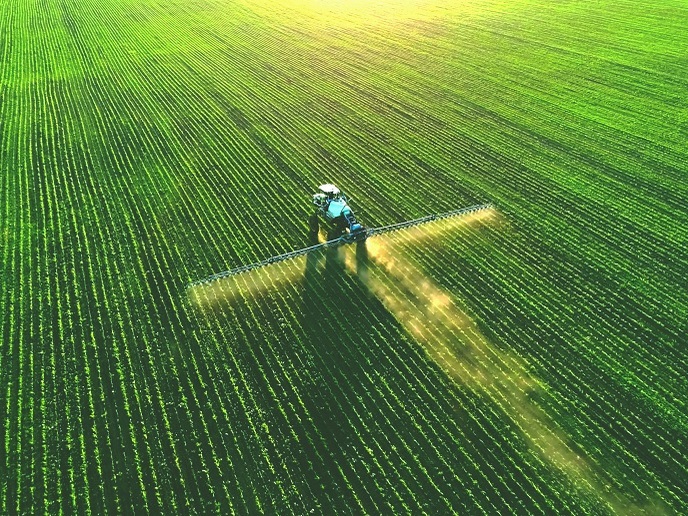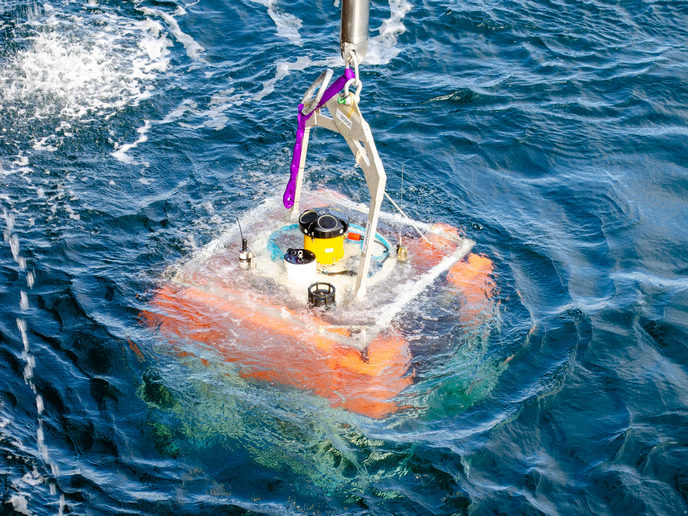Climate change: the economic resilience of the agricultural sector
Priorities of the current and future European common agricultural policy(opens in new window) are to enhance the climate change resilience of European agriculture, increase climate change adaptation and protect biodiversity. At the same time, the Farm to Fork strategy(opens in new window) aims at reducing the environmental and climate footprint of the EU food system and strengthening its resilience. Agrobiodiversity conservation at the global, regional and farm levels can provide natural adaptation and insurance to farm households as well as resilience and sustainability to farming communities. In particular, agrobiodiversity is increasingly regarded as a key component for the future adaptation of agriculture to a changing climate. The EU-funded Climate Change Resilience of Agriculture System(opens in new window) (CRAS) project, with the support of the Marie Sklodowska-Curie Actions (MSCA) programme, aimed to better understand the contribution of agrobiodiversity to the resilience of agroecosystems. “Our overall objective was to assess whether agrobiodiversity conservation can support the economic resilience of the agricultural sector amid climate change,” explains MSCA Global Research Fellow Lea Nicita.
Agrobiodiversity policy in Europe
CRAS’s econometric and computational analysis focused on southern European countries, namely France, Greece, Italy, Portugal and Spain, whose agricultural sector has been shown to be particularly vulnerable to climate change impacts. “The results obtained by the analysis are richer than originally expected,” notes Nicita. The project’s results have strong policy implications. “Agrobiodiversity has a large potential effect on the farm sector. However, that effect is complicated and varies from place to place and from one measure of agrobiodiversity to another,” highlights Nicita. It appears that there is no universal biodiversity policy that should be overlaid across southern Europe. “Rather, each country, and each region within each country, needs to tailor their agrobiodiversity policy to fit their situation,” adds Nicita. The goal is a mosaic of agrobiodiversity that enhances farm productivity in each place. Additionally, the results of the project provide a precise economic estimate of a varied agrobiodiversity policy on each Nomenclature of territorial units for statistics(opens in new window) (NUTS) 3 region farm productivity. Furthermore, it shows the impact of those measures on the economy of each NUTS 2 region and the whole country.
Preserving agrobiodiversity
Overall, the CRAS project goes beyond the state-of-the-art and contributes to increasing the knowledge of the empirical relation between landscape agrobiodiversity and the land value of the agricultural sector. It also sheds new light on the macro-economic (general equilibrium) implications of agrobiodiversity conservation – assessing its effect in terms of changes in agricultural production and gross domestic product. Moreover, it provides insights into the impact of policies for the conservation of agrobiodiversity for the whole economy. “The results of the project can guide policymakers in the choice of measures to preserve agrobiodiversity across NUTS 3 regions and actively contribute to the implementation of the EU Biodiversity strategy for 2030(opens in new window) ‘Bringing nature back into our lives’ and the Farm to Fork strategy. The results of the CRAS action can, therefore, potentially benefit society at large,” concludes Nicita.







